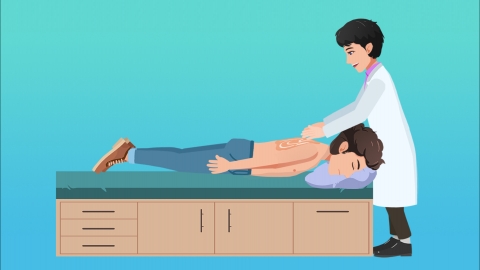What are the techniques for lumbar spine manipulation?
Generally, the manual techniques used in lumbar massage include rolling, pressing, pushing, grasping, and rubbing. A detailed explanation is as follows:

1. Rolling Technique
The rolling technique involves moving the fingers, palms, or fists back and forth over the patient's lower back. This technique can improve local blood circulation, relax muscles, and thereby help alleviate lower back pain to some extent. The pressure applied during rolling should be moderate to avoid causing discomfort to the patient due to excessive force.
2. Pressing Technique
The pressing technique involves applying pressure to the patient's lower back using fingers or the palm. This pressure helps improve blood circulation in the lumbar region and relax tense muscles, effectively relieving symptoms such as lumbar muscle strain. During the pressing technique, attention should be paid to the intensity and frequency of the pressure to achieve a comfortable therapeutic effect.
3. Pushing Technique
The pushing technique involves placing the palm on the patient's lower back and pushing in a specific direction. This movement can adjust the position of the lumbar vertebrae and correct minor joint misalignments, thereby relieving pain and restoring lumbar function.
4. Grasping Technique
The grasping technique involves pinching and kneading the patient's lower back using the thumb and fingers such as the index and middle fingers. This manipulation helps relax muscles, relieve muscle tension and spasms, and may help improve symptoms such as restricted lumbar mobility.
5. Rubbing Technique
The rubbing technique involves moving the palms and fingers back and forth over the patient's lower back. This technique promotes blood circulation and enhances muscle metabolism, thereby relieving lower back pain and stiffness. When performing the rubbing technique, flexibility of the palms and fingers should be maintained, with even speed and pressure applied during the motion.
In daily life, prolonged sitting or standing should be avoided. It is advisable to change positions regularly to reduce pressure on the lumbar spine. After maintaining the same posture for a long time, one should stand up and move the lower back. Additionally, adequate nutrition, particularly calcium and vitamin D intake, should be ensured to support bone health.




